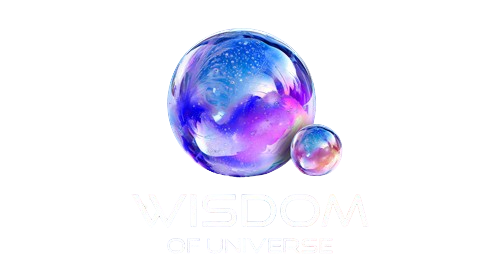And the astrological perspective to Stars, Galaxies, Asteroids and even Nebula.
Aren’t you interested in all these? There are so many of us who are confused in all these concepts and often got them mixed up and misunderstood what exactly they are. Let’s try to go into them and understand what they are so that we are no longer perplexed and will be aware of what are all these that are part of the dark night sky. So, let’s get into the topic right now!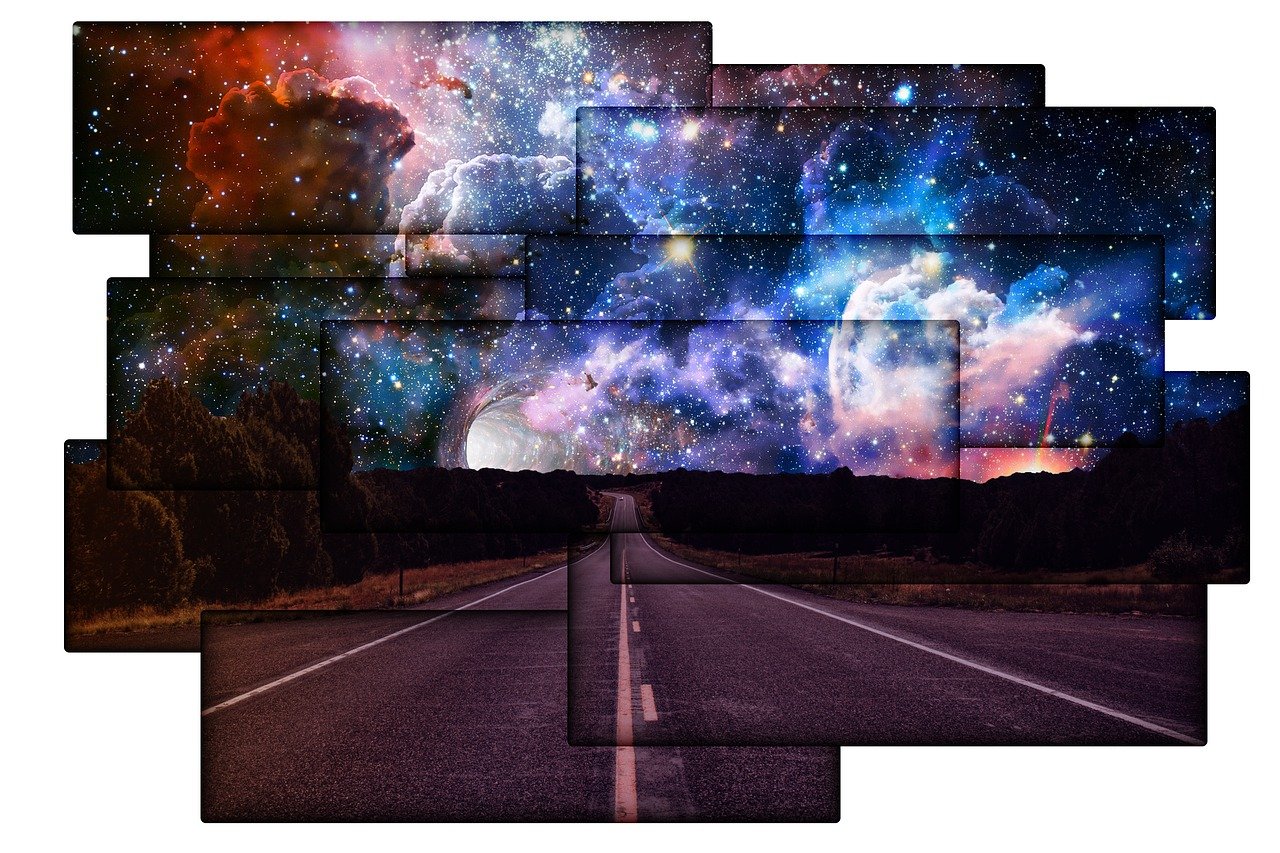 A constellation is a collection of stars and star systems which can include galaxies as part of it that forms a pattern in the sky. It is an area in which a group of visible stars form an outline, typically representing an animal, mythological subject or inanimate object. Some of them were famously known as the western zodiac names like Capricorn, Aquarius, Pieces etc. in the modern context. The origin likely dates back to prehistoric times where even primitive humans started watching the sky and studying them. It was thought that the first recorded ancient constellation was found in Mesopotamia since the first civilisation of earth ever surfaced. There were also unexpected findings in a 17,000-year-old cave painting in Lascaux, France depicting the currently known constellations of Taurus and Orion. Ancient cultures of many different kinds all across the world saw patterns in their own different perspectives, often linking them to legends and myths that were told and recorded from the shapes they saw in the night sky.
A constellation is a collection of stars and star systems which can include galaxies as part of it that forms a pattern in the sky. It is an area in which a group of visible stars form an outline, typically representing an animal, mythological subject or inanimate object. Some of them were famously known as the western zodiac names like Capricorn, Aquarius, Pieces etc. in the modern context. The origin likely dates back to prehistoric times where even primitive humans started watching the sky and studying them. It was thought that the first recorded ancient constellation was found in Mesopotamia since the first civilisation of earth ever surfaced. There were also unexpected findings in a 17,000-year-old cave painting in Lascaux, France depicting the currently known constellations of Taurus and Orion. Ancient cultures of many different kinds all across the world saw patterns in their own different perspectives, often linking them to legends and myths that were told and recorded from the shapes they saw in the night sky.
Aratus who was a Greek poet instrumental with his poem work named “Phenomena” where it describes the constellations and other celestial phenomena during the period in 270 BCE which was more than 2200 years ago. This work was in fact an extension of Eudoxus of Cnidus who contributed to the identification of constellations and was fundamental in the development of astronomy in ancient Greece.
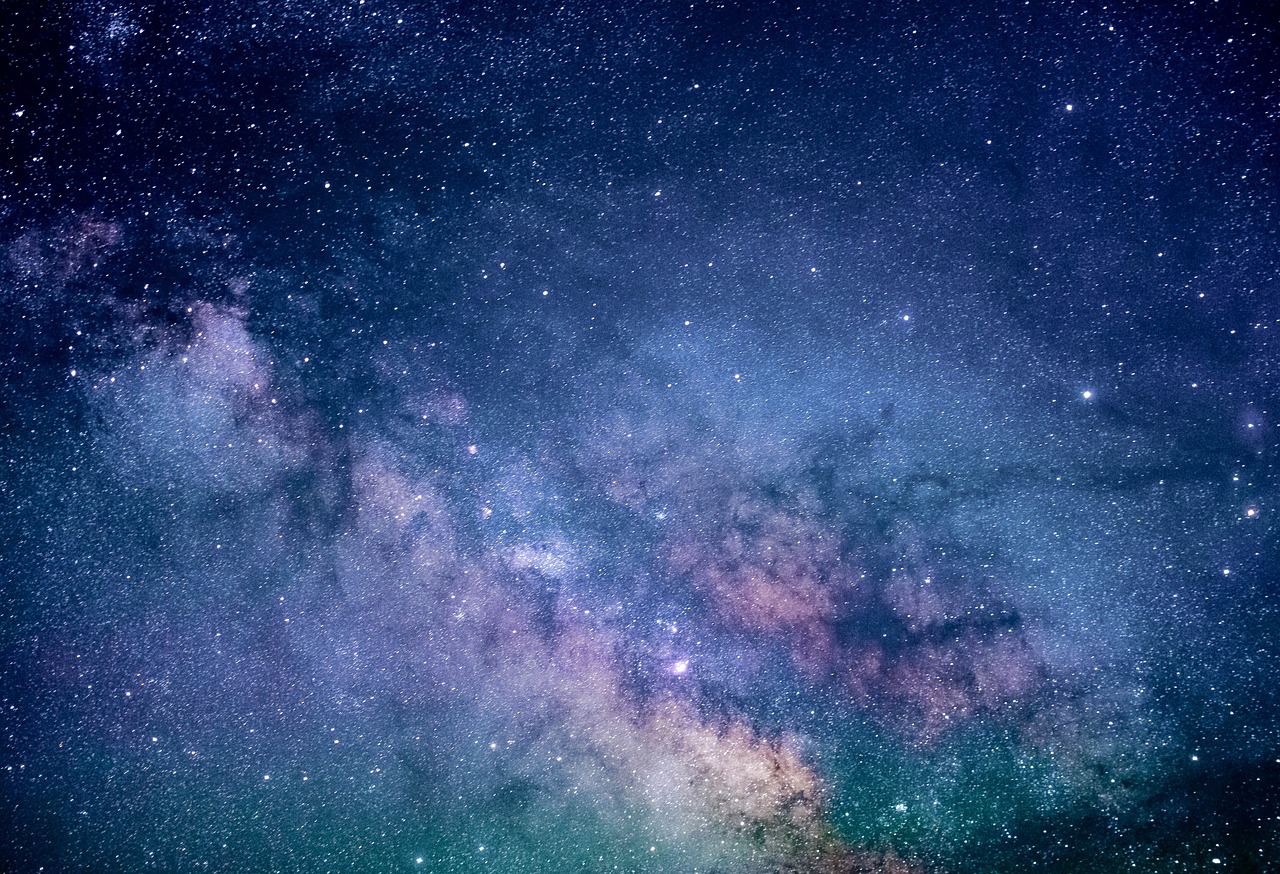
However, our modern constellations was the admirable work of an Egyptian-Alexandrian Astronomer, Astrologer, Mathematician with his many titles, whose name is Claudius Ptolemy of Greek descent. He compiled 1022 stars and cataloged them as part of our 48 constellations known today. It was an arduous work in early stars and constellation listings of which he wrote in his astronomical treatise now known as the “Almagest”. Later in the year of 1922, the International Astronomical Union (IAU) which is the governing body of astronomy responsible for assigning names to celestial objects and their accompanying features, officially adopted the list of 88 constellations of our present time. The constellation names are imagined figures and shapes derived from the pattern of stars in the observable sky. Having names to them help astronomers identify definite boundaries between constellations so as to have a precise common identification of celestial space for studies and other scientific fields like astrophysics, astronomy and cosmology to flourish and set precedent for our current explorative work.
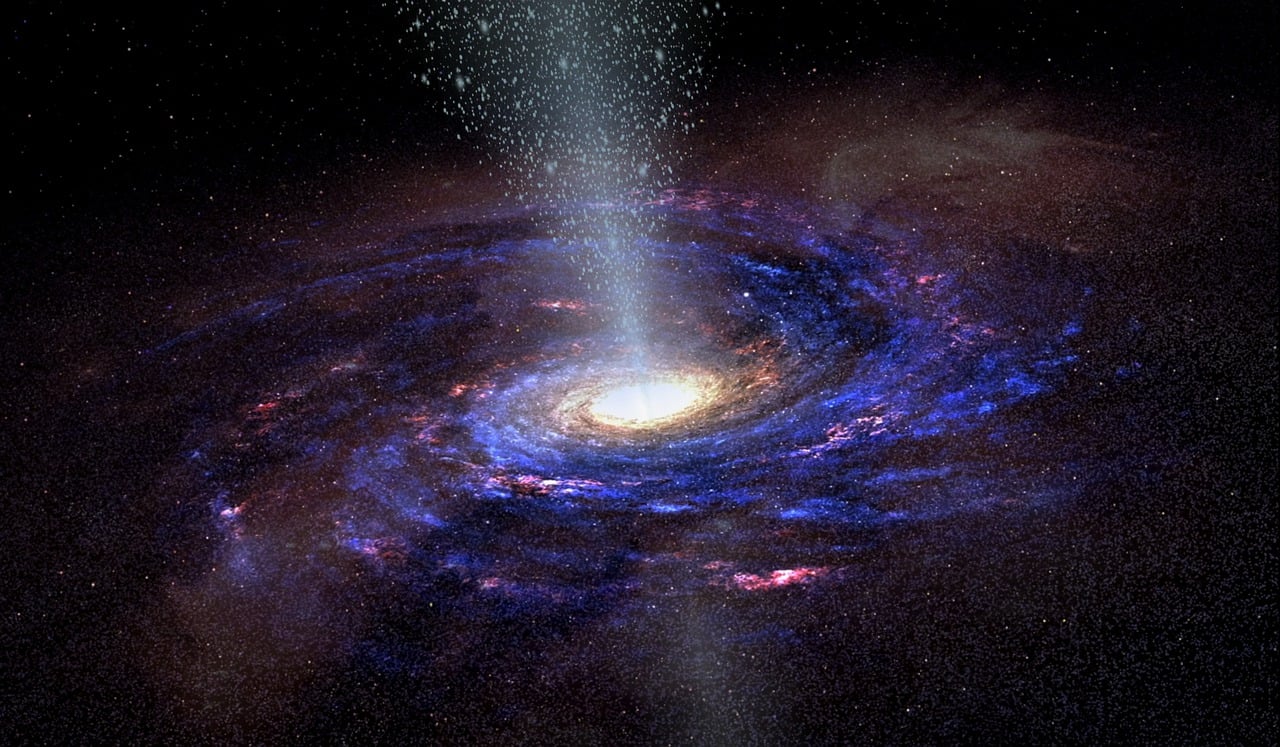
Now we have come to galaxies, the solar system, stars and planets. The Milky Way is a galaxy where earth as a planet belongs to. And since a galaxy is massive in size where it not only consists of stars, planets, nebulae, stellar dust, gas clouds etc. All of which were pulled together by a gravitational force in different shapes but in spiral forms due to the central gravitational black hole which is pulling them inward. There are at least 100 billion galaxies in our observable universe and each of the galaxies may have more than 100 billion stars. Solar system on the other hand is much smaller in size. While the solar system is just a light-year across, a galaxy is typically up to 100,000 light-years in length. One light-year means it takes light one year to travel this distance. Many solar systems can be part of a galaxy but not the other way round. Solar system orbits around the sun. However, star systems within a galaxy orbit around the center of the galaxy. Our solar system is made up of those eight planets you are probably familiar with, namely “Mercury, Venus, Earth, Mars, Jupiter, Saturn, Uranus, Neptune”. Earth is also part of our local solar system where we also orbit around the sun. There are many other discovered systems just like our solar system which orbits around our local galaxy, the Milky Way galaxy. There are in fact more than 3200 of them found by Astronomers so far! Another famous galaxy besides our own, will be the “Andromeda galaxy (M31)”. Although it’s our closest neighboring galaxy, it’s still 2.5 million light-years away. Astronomers and Cosmologists deduced that in about 4.5 – 5 billion years time, our Milky Way galaxy and Andromeda galaxy (M31) are going to collide and merge as a single galaxy!
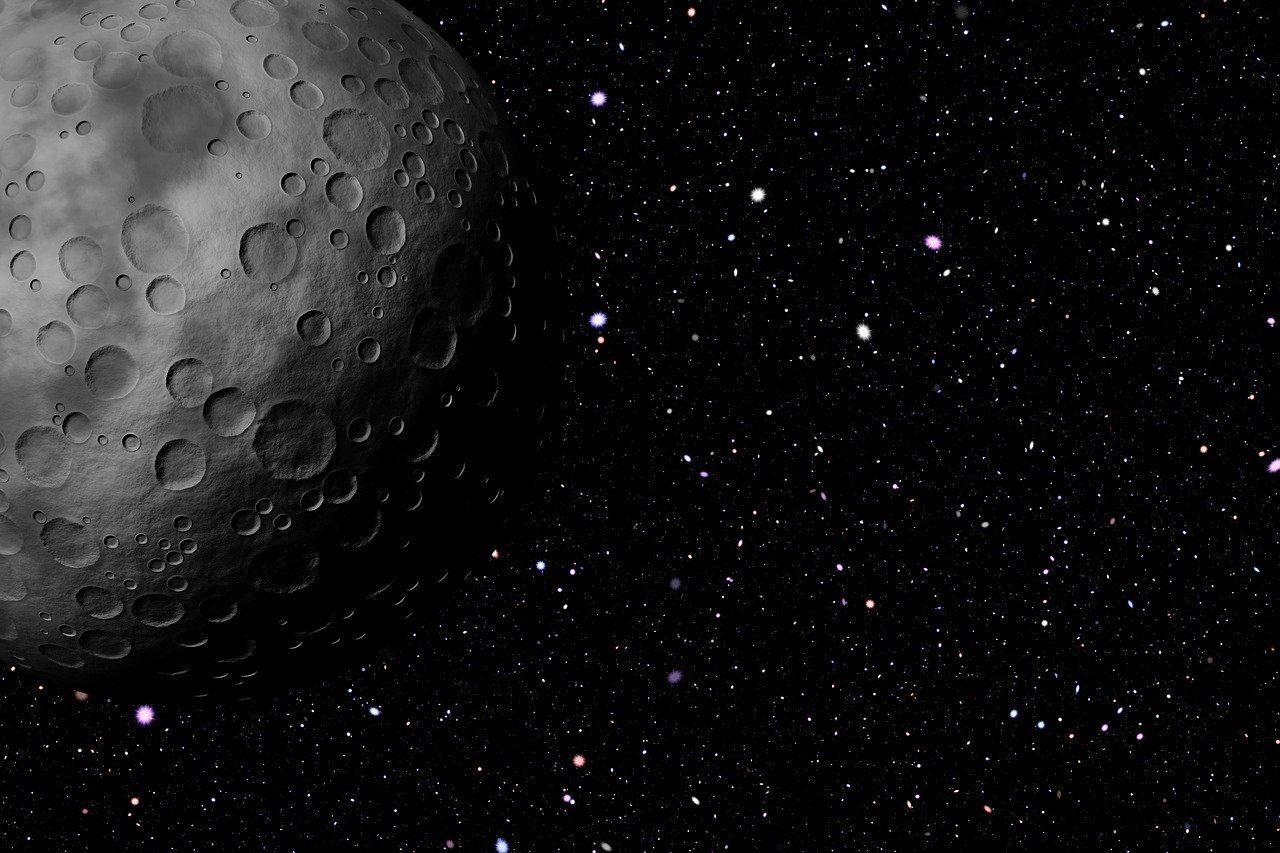
Now we have come to What is Stars versus Planets? Stars are huge celestial bodies made up of hydrogen and helium and small amounts of other elements which emit their light and energy from the nuclear fusion reactions similar to how a sun emits its light. Some of the famous stars are “Sirius, Vega, Arcturus, Deneb etc. Planets reflect the bright light of our solar system’s sun which is quite close to earth compared with stars which are distinctly different because they emit their own light instead. Star system may have many stars within its system, hence, even if they carry the same name. For instance, “Sirius” star system has two stars with the same parent name of Sirius, but they are not to be mistaken for each other because there are ‘Sirius A and Sirius B’ which are both under the Sirius star system.
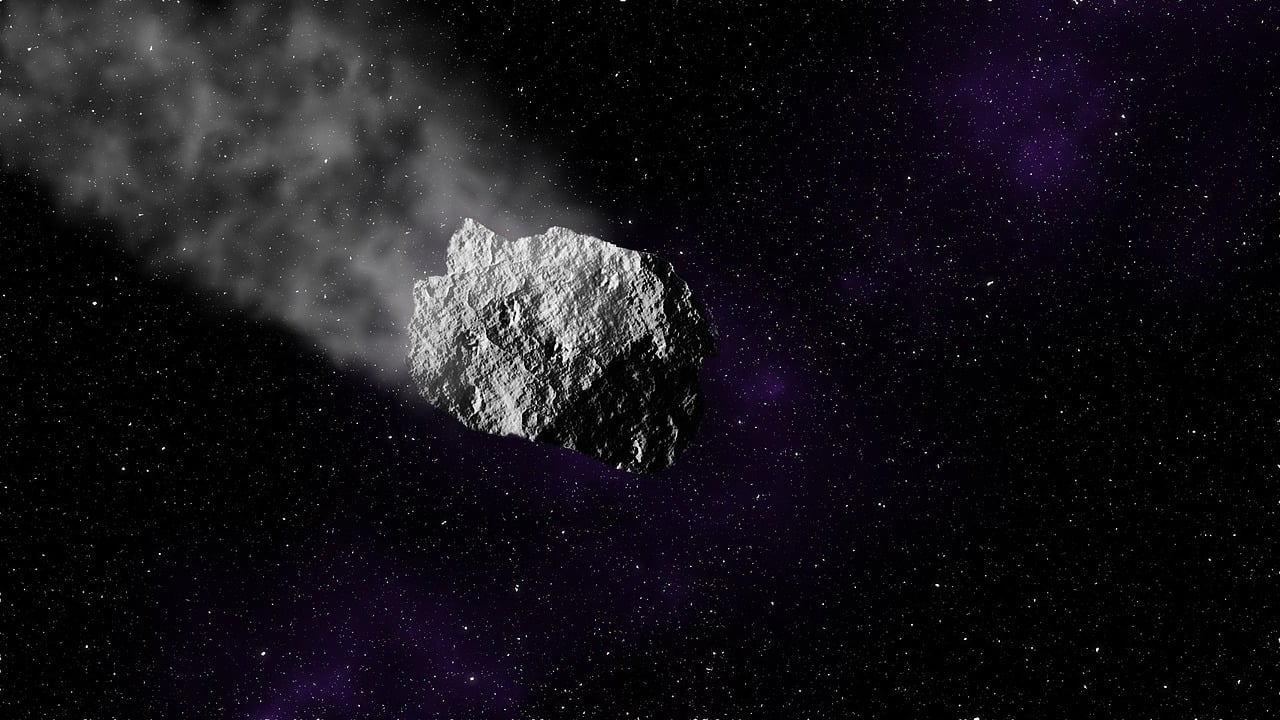
Comparing Asteroids and Dwarf Planets is somewhat harder to differentiate unless you look at their apparent shape difference. A dwarf planet will be spherical and round in shape whereas an asteroid is usually irregular. Whilst both types orbit the sun, besides the distinction between their shapes is their size difference. An asteroid will be much smaller in size than a dwarf planet. Most asteroids reside in the asteroid belt, between Mars and Jupiter. Dwarf planets you probably have heard of is “Pluto” which is also considered an outer planet. Others that are relatively not so commonly heard of but yet significant are “Eris, Ceres, Makemake, Haumea, Sedna etc.
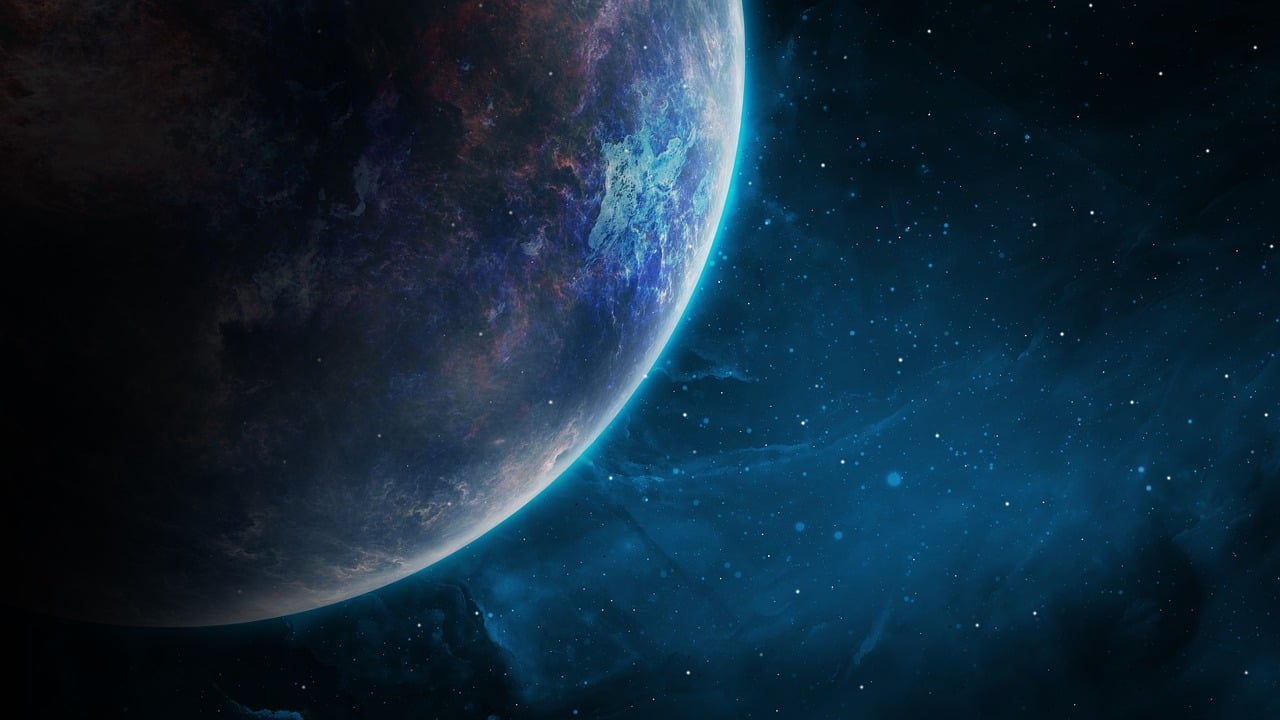
Next, let’s talk about Exoplanet. What exactly does exoplanet mean? Well, exoplanet actually just means any planet that is orbiting other stars which are not part of our solar system. Exoplanets are also termed as extrasolar planets. Astronomers have discovered more than 5000 exoplanets near our galaxy! Of the 5,000 exoplanets known, 4,900 are located within a few thousand light-years from us.There are others which are called “rogue planets”, and these are the ones which are floating and wandering in space. They are free-floating nomads drifting in interstellar space. Nobody knows exactly what they look like since they are not orbiting any star which gives off light for them to reflect upon. They are a mysterious group of planets which are just floating in space aimlessly!

Okay, now we have come to Nebula. What is a nebula? Basically, it is a cloud of dust and gas usually tens to hundreds of light-years across. It is much smaller than a galaxy. Nebula is the region where new stars are born. It occupies the space between stars and acts as a nursery for new stars. Nebulae is the plural of nebula where it means that there are more than one nebula combined together. Nebulae can also be from an explosion of a dying star such as a supernova. When a supernova happens, neutron stars and black holes could be formed. A famous nebula is none other than the “Orion Nebula (M42)”. This nebula is relatively close to us at only 1500 light-years away. What is also fascinating about the Orion nebula is also because of its trapezium shape where it formed a trapezium cluster of central massive stars. Its bright central region is home to four massive young stars that shape the nebula. The Mayan culture believed that Orion nebula is the “cosmic fire of creation”.

There will be some of us who have astrological placement to certain stars during our birth time. For example, if someone has any placement to any stars like “Arcturus or Sirius” or the galaxy like “Andromeda galaxy M31” or even the “Orion nebula”, it probably means that they do have soul journeys in other alternative lives visited or lived in these places before and embody the traits or personalities related to those star systems. When it comes to asteroids with those names having connections to ancient mythologies, one may be able to see the association of the way they think, how they feel or circumstances in their lives pertaining to the stories of the ancient myth that were related to those asteroids in their birth chart.
Knowledge is power. When we know more and understand the vastness of the universe, coupled with ancient knowledge, we are much able to navigate life with clarity and purpose. We are also able to understand ourselves better, understand others better. Self-mastery starts from knowledge turned into wisdom through action. Earth journey is about learning. Secrets of life lie everywhere hidden in the vastness of the universe.
References
https://www.space.com/the-story-of-the-stars
https://www.theguardian.com/science/2019/jan/20/starwatch-taurus-the-bull-the-oldest-named-constellationhttp://www.differencebetween.net/science/difference-between-galaxy-and-solar-system/
https://science.nasa.gov/mission/hubble/science/explore-the-night-sky/hubble-messier-catalog/messier-42/
https://en.wikipedia.org/wiki/Almagest
